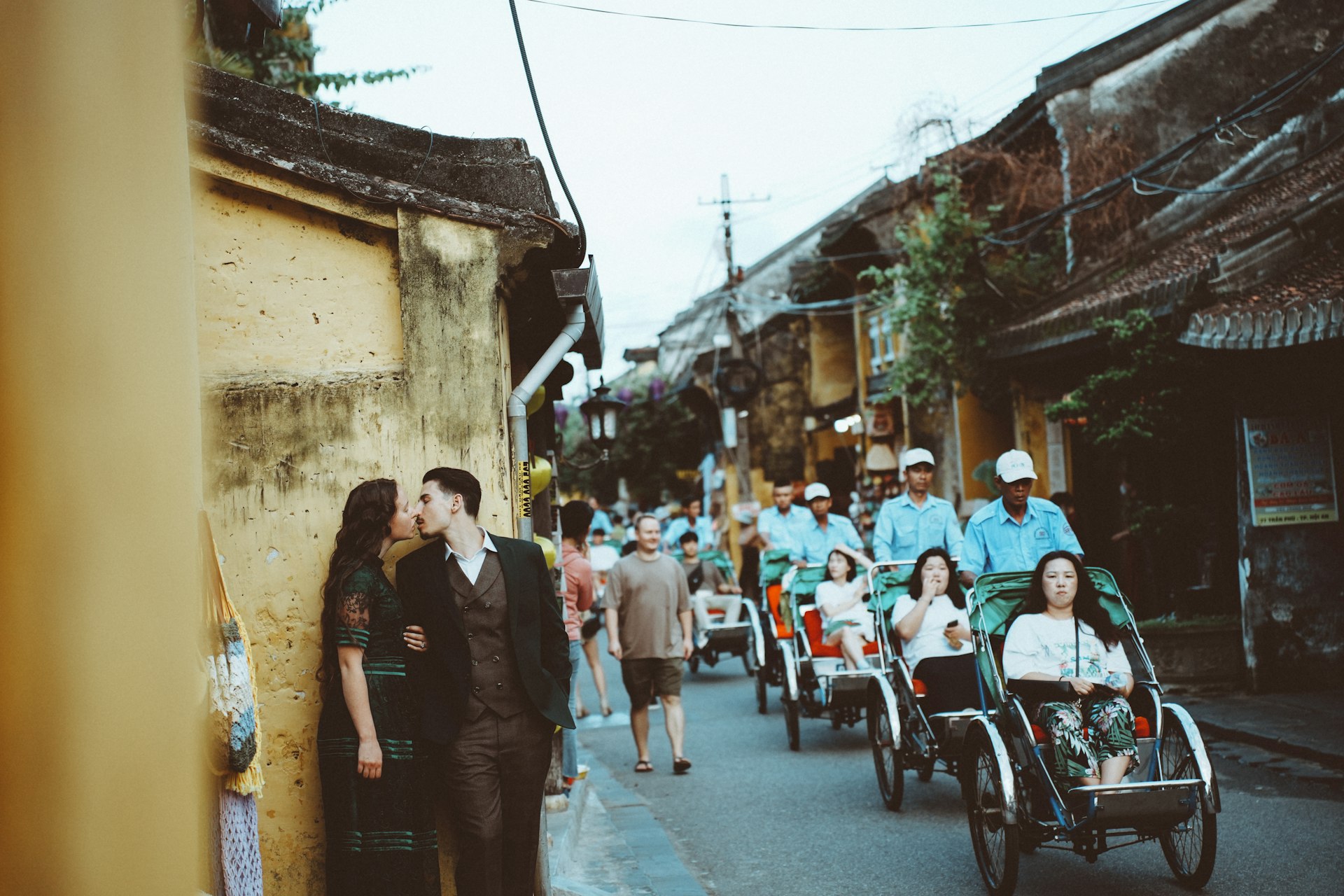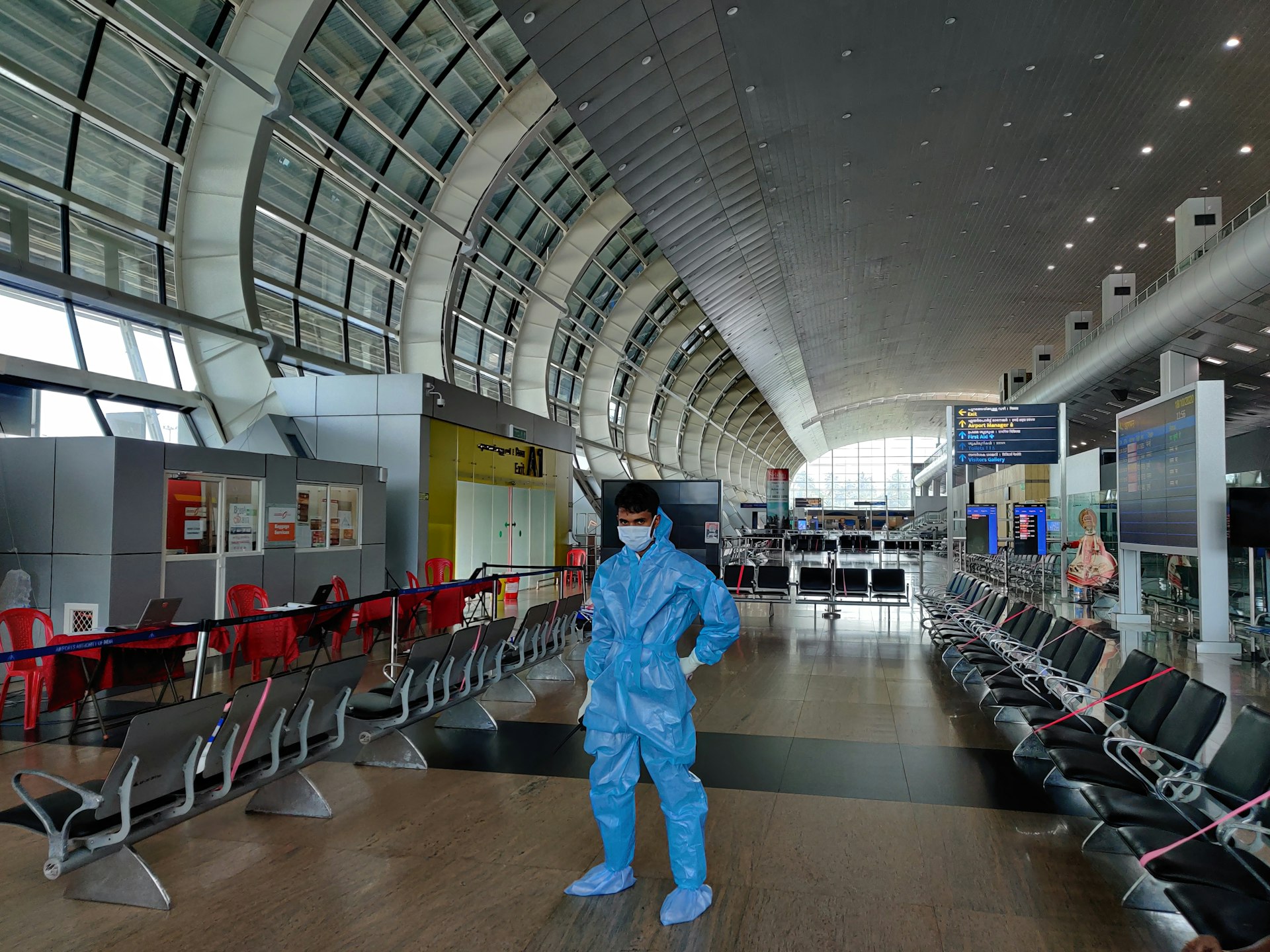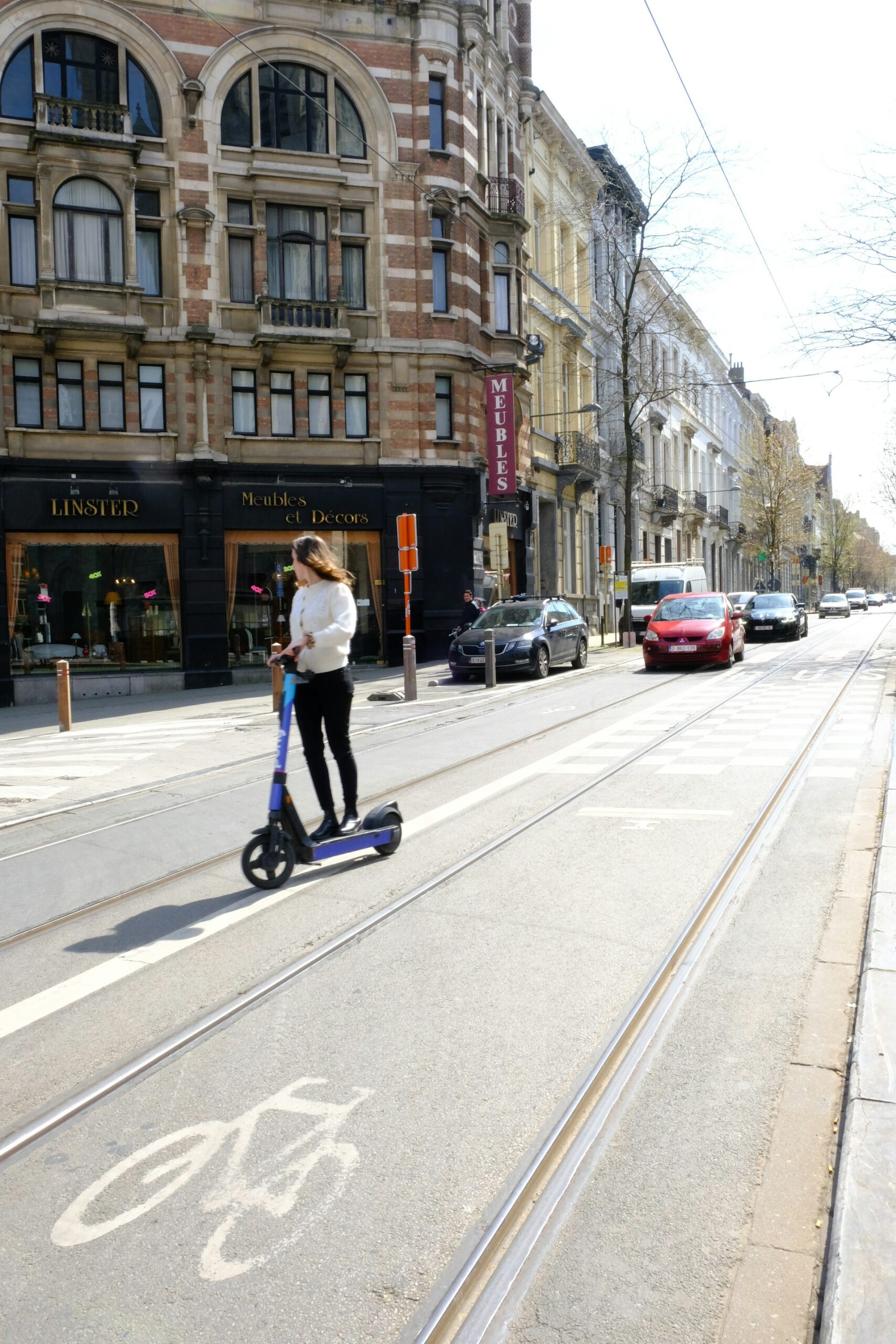Unforgettable Culinary Adventures in Local Markets: Savor, Learn, and Connect

Photo by Jan Canty on Unsplash
Introduction: The Power of Culinary Travel in Local Markets
Immersing yourself in local markets is one of the most rewarding ways to experience a destination’s culinary heritage. These bustling hubs offer more than just fresh produce and handmade delicacies-they are living museums of culture, tradition, and innovation. Culinary travel in local markets invites you to taste, learn, and connect, transforming the way you experience food and community. Whether you’re a seasoned traveler or a curious beginner, the opportunities for meaningful exploration are abundant and accessible.
Why Local Markets Are Essential for Culinary Travel
Local markets serve as the heart of a region’s food culture. They bring together producers, artisans, chefs, and shoppers in a vibrant exchange of flavors and stories. By engaging directly with these communities, travelers gain firsthand insight into regional specialties, seasonal ingredients, and traditional foodways. This authenticity cannot be replicated in tourist restaurants or packaged tours. Instead, markets foster genuine interactions and offer a sensory adventure-aromas, colors, and tastes that reflect centuries of culinary evolution. According to Chef Franco Lania, “local food markets are full of authentic flavors,” allowing visitors to sample small bites and discover new favorites without pressure or commitment. Walking through stalls and tasting diverse offerings creates lasting memories and deepens your connection to both the food and your travel companions [5] .
Types of Culinary Experiences in Local Markets
Culinary travel in local markets takes many forms, each offering distinct opportunities for exploration and learning. The most popular experiences include:
Guided Food Tours: Led by knowledgeable locals or chefs, these tours introduce you to the best stalls, hidden gems, and iconic products. Guides share insider tips on selecting ingredients, tell stories about the market’s history, and introduce you to producers and vendors. For example, Pike Place Market in Seattle offers food tours where guests sample generous portions from award-winning vendors, meet craftspeople, and enjoy exclusive discounts [2] . Eatwith hosts over 5,000 culinary adventures in 130+ countries, connecting travelers with passionate guides and unique local flavors [4] .

Photo by Elham Abdi on Unsplash
Hands-On Cooking Classes: Many markets now offer cooking classes that begin with ingredient shopping and culminate in preparing a meal. This immersive format allows participants to learn new techniques, understand the origins of each ingredient, and appreciate the nuances of local cuisine. Chef Traci’s Market to Table experience at Pike Place Market, for instance, combines a walking tour with a cooking session, providing guests with an insider’s view of Seattle’s food scene and the chance to create market-inspired dishes [1] . In Canandaigua, New York, travelers purchase ingredients at the farmers’ market before heading to a hands-on cooking class at New York Kitchen, gaining practical skills and a deeper understanding of regional foodways [3] .
Market Walks and Tastings: Shorter experiences may include guided walks through markets with structured tastings. These are ideal for travelers who want a quick introduction to local flavors without investing in a full cooking class or meal. Market walks focus on sampling, storytelling, and discovery, offering a manageable yet enriching alternative.
How to Access Culinary Market Experiences
Accessing culinary travel experiences in local markets is easier than ever. Here’s a step-by-step guide to finding and booking your ideal adventure:
- Research Established Market Tours and Cooking Classes: Start by searching for food tours or cooking classes at your destination’s major markets. Look for official market websites or reputable experience platforms. For example, Pike Place Market offers an official Market to Table Tour and Cooking Class, which can be reserved directly on their events calendar. If dates are unavailable, you can email the market organizers for alternative arrangements [1] .
- Use Trusted Experience Platforms: Platforms like Eatwith curate thousands of local food tours and market walks across the globe. These platforms vet hosts, provide clear information, and allow direct booking. You can filter by city, cuisine, or experience type to find a match for your preferences [4] .
- Contact Local Culinary Centers or Restaurants: Many culinary schools and restaurants offer market-based experiences. For example, New York Kitchen in Canandaigua lists hands-on cooking classes that begin with market visits. Search for “cooking classes near [destination]” and look for those that mention market involvement or ingredient sourcing [3] .
- Seek Out Community Events and Pop-Up Experiences: Farmers’ markets and craft markets often host seasonal tours, workshops, and tastings. Check local event calendars, social media pages, and market bulletin boards for announcements.
- Consider Private or Custom Experiences: Some guides and chefs offer private or small-group tours tailored to your interests. Contact market organizers or experience platforms to inquire about bespoke options, which can include special dietary accommodations, behind-the-scenes access, or themed walks [2] .
Real-World Examples of Culinary Market Experiences
Pike Place Market, Seattle: The Market to Table Tour and Cooking Class offers a guided walk through historic market stalls, introductions to local producers, and a hands-on cooking session. The experience lasts about 3.5 hours and is ideal for visitors and locals alike [1] . Chef John’s food tours provide a small-group atmosphere and exclusive tastings, with personalized recommendations for further exploration [2] .
Canandaigua Farmers’ Market, New York: Travelers receive a modest budget to select fresh ingredients, then participate in a cooking class at New York Kitchen. This hands-on approach teaches practical skills and fosters collaboration among participants, making it ideal for solo travelers and groups alike [3] .
Eatwith Global Experiences: Eatwith connects travelers with local hosts for market walks, food tours, and cooking classes in over 130 countries. Experiences range from exploring Barcelona’s La Boqueria Market to tasting street food in Tokyo. Each tour offers authentic flavors and insight into local culture, guided by passionate food experts [4] .
Common Challenges and Solutions
While culinary travel in local markets is enriching, some challenges may arise:
Language Barriers: Markets in non-English-speaking regions may pose communication challenges. To overcome this, join guided tours with bilingual hosts or prepare common food phrases in advance.
Dietary Restrictions: If you have allergies or dietary preferences, communicate these clearly when booking experiences. Many hosts are accommodating and can offer alternatives.
Seasonal Availability: Market offerings change with the seasons. For the best experience, research peak produce times or book tours that focus on seasonal specialties.
Booking and Availability: Popular tours may sell out quickly. Reserve in advance or contact organizers for alternative dates or private experiences.
Alternative Approaches to Culinary Market Exploration
For travelers preferring independent exploration, consider these alternatives:
Self-Guided Market Walks: Create your own itinerary by researching must-visit stalls, local specialties, and producer stories. Many markets offer printed guides or maps.
Virtual Cooking Classes: Some culinary centers now offer online classes, allowing you to shop for ingredients at a local market and join virtual sessions from anywhere in the world [3] .
Community Events: Attend market festivals, cooking demonstrations, or tasting events for a low-cost introduction to regional flavors.
Step-by-Step Guidance for Booking and Preparing
To maximize your culinary travel experience in a local market:
- Choose your destination and research markets known for culinary tours or classes.
- Visit official market websites and experience platforms to review options, availability, and pricing.
- Read reviews and testimonials to gauge quality and authenticity.
- Contact organizers to clarify dietary needs, language preferences, and customization options.
- Book in advance, especially for popular dates or private tours.
- Prepare for your visit by researching market history, learning about local ingredients, and bringing suitable clothing for walking and cooking.
Key Takeaways
Culinary travel experiences in local markets offer a unique opportunity to savor authentic flavors, learn hands-on cooking skills, and connect with passionate local producers and chefs. Whether through guided tours, cooking classes, or independent exploration, these experiences are accessible, enriching, and memorable. Research your destination, choose reputable guides, and embrace the adventure of discovering food at its source.
References
- [1] Pike Place Market. (2025). Market to Table – Tour and Cooking Class.
- [2] Clumsy Girl Travels. (2025). 17 Mouthwatering Pike Place Market Food Tours.
- [3] Solo Traveler World. (2025). Culinary Travel Experiences Around the World.
- [4] Eatwith. (2025). Food tours with locals.
- [5] Chef Franco Lania. (2025). How to Explore Local Cuisine While Traveling.
MORE FROM ismath.net













